The reasons for oil leakage in harmonic speed reducer:
First, excessive oil filling in the speed reducer. During operation, the speed reducer maintains a certain speed, and its oil pool is vigorously stirred, causing the lubricating oil to splatter everywhere. If too much oil is added, the excess lubricating oil easily accumulates in the mating surfaces and shaft seals, resulting in leakage.Second, the unreasonable design of the speed reducer structure. In the manufacturing process, the lack of strict physical annealing and aging treatment of the castings results in incomplete elimination of internal stress, leading to deformation and leakage during operation. Additionally, the thin thickness of the speed reducer's cover plate makes it prone to deformation, and the tightening bolts do not perfectly match the mating surface, ultimately causing oil to leak from the contact gaps. Furthermore, the lack of a return oil groove on the housing creates a certain pressure difference where the lubricating oil accumulates, leading to oil leakage. Finally, the unreasonable design of the shaft seal in the speed reducer is also a major factor causing oil leakage.
Third, pressure differences inside and outside the speed reducer. During operation, the speed reducer is easily influenced by the external environment, and the continuous frictional movement causes its temperature to rise. When there is a lack of ventilation holes or when ventilation holes are blocked, the internal pressure of the machine will continuously increase, creating a certain pressure difference with the external environment. The higher the temperature, the greater the pressure difference, ultimately leading to the phenomenon of lubricating oil leakage.
Fourth, improper maintenance procedures. Usually, after a period of use, the speed reducer needs to be overhauled. However, using inappropriate sealing glue or not thoroughly cleaning the dirt on the mating surface during equipment maintenance can lead to lubricating oil leakage. It is also important to strictly avoid installing the seals incorrectly or not regularly replacing the seals.
These are the common main reasons for oil leakage in harmonic speed reducers. In fact, the reasons for these phenomena are quite simple, and targeted measures can effectively solve them. Of course, it is best to inspect several key parts before using the speed reducer to avoid trouble during later maintenance.
Countermeasures for oil leakage in reducers:
1. The main cause of oil leakage is the internal pressure being greater than the external pressure
To prevent oil leakage, the machine can attempt to balance the internal and external pressures of the reducer. An oil cup-type breathable cover has been developed, eliminating the need to open the inspection well cover every time, which increases the possibility of oil leakage. The breathable cover is equipped with a small hole, but it is prone to blockage by coal powder and oil contamination. Therefore, improvements have been made by welding the oil cup-type breathable cover with a diameter of 6 mm onto the cover plate, allowing ventilation, pressure equalization, and refueling without opening the cover plate, reducing oil leakage.2. The inspection well cover plate has been changed to a thickness of 6 mm to accommodate the oil cup-type breathable cover welded onto it
The outlet diameter is 6 mm, facilitating ventilation, pressure equalization, and refueling without the need to open the cover plate, thereby reducing oil leakage. To prevent excess lubricating oil from accumulating on the shaft seals, it is necessary to ensure smooth flow of excess lubricating oil back to the oil tank. This can be achieved by creating a return oil groove in the middle of the lower bearing bushing and directly opening a groove on the end cover for oil return, allowing unnecessary lubricating oil to flow through the groove and return oil groove.3. Improved shaft seal structure:
a) An improved output shaft seal half-axis for RV reducers, such as belt conveyors, screw conveyors, impeller coal feeders, reducers, etc., is designed to be detachable with a detachable coupling and removable end cover. Based on the frame size that matches the oil seal, the original outer end cover groove is moved to the outer end cover, and when installing the spring, an oil seal skeleton is placed on one side of the spring. If the distance between the end cover and the inner end of the coupling is more than 35 mm, a detachable oil seal can be installed on the outer side of the end cover. Once the oil seal fails, the damaged oil seal can be eliminated, and the seal between the driving end cover and the coupling is cut off, saving the disassembly process and separating the coupling when disassembling the RV reducer.b) If the output shaft of the RV reducer is not coupled with the transmission shaft, according to the variation of the working load in 2.3.1, the installation process is simplified, and the split end cover is not practical when installing the sealing ring. The oil seal is ruptured in an open form, and the oil seal sleeve is fitted on the open shaft, with the opening in contact with adhesive, and then installed on the spring and pushed onto the end cover.
4. New sealing materials can be used for sealing and repairing leaks in fixed-point reducers. If oil leakage occurs during the sealing process of fixed-point reducers, it can be combined with emergency repair agents.
5. During the maintenance of gear reducers, strict adherence to operating procedures is necessary. The oil seals must not be reversed, the flanges must not be damaged, the outer edges must not deform, the springs must not come off, the contact surfaces must be cleaned, and the oil leakage should be uniform and should not exceed the level of oil contamination.
6. RV reducer static sealing points have been treated and generally do not leak. However, due to aging of the sealing components, poor assembly quality, and high surface roughness, minor leaks may still occur. As the working environment is harsh, coal dust adheres to the shaft, resulting in oil blockage. Therefore, the equipment needs to be cleaned and the oil residues on the shaft wiped off after processing.
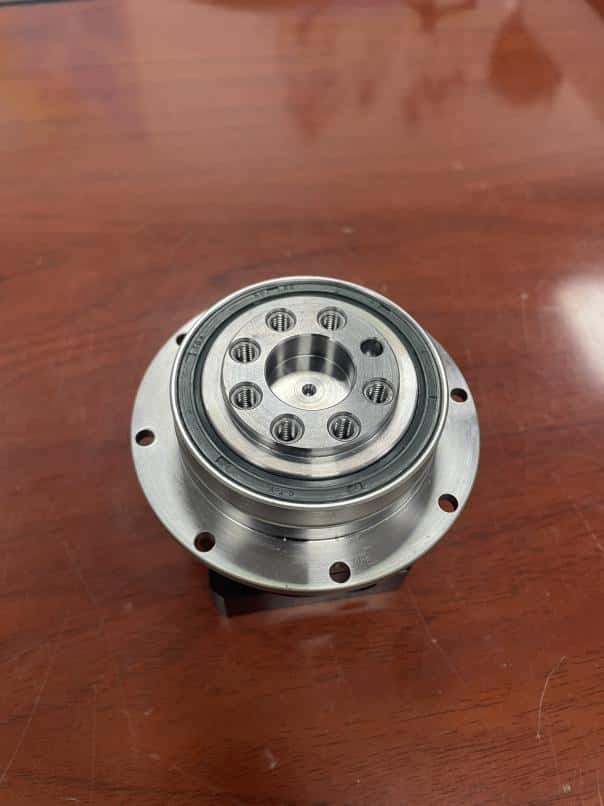
 English
English Deutsch
Deutsch Русский
Русский Español
Español
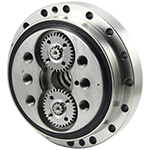
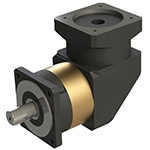
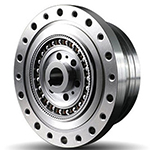
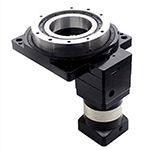
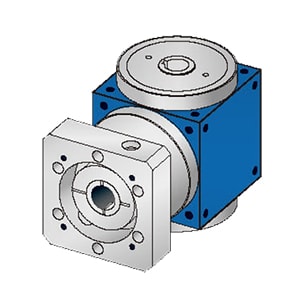

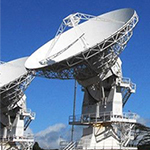
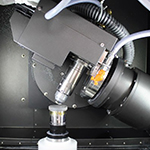

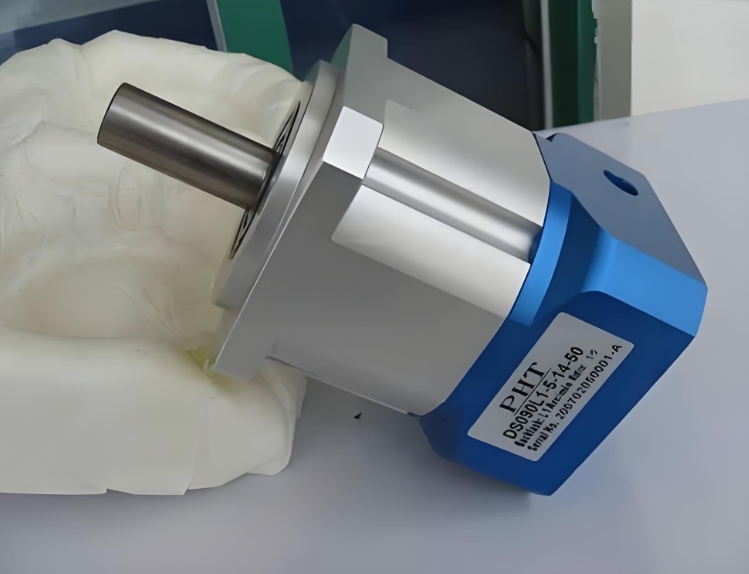
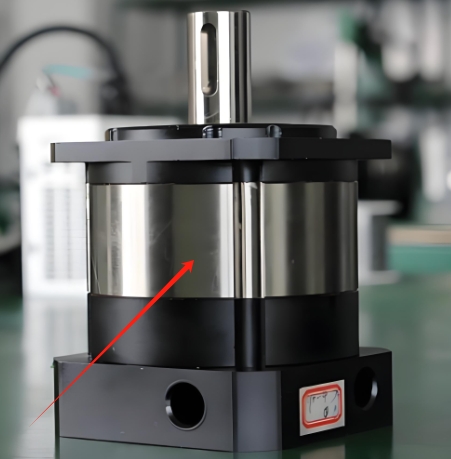
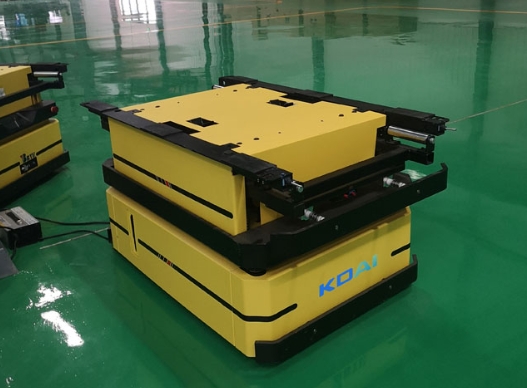
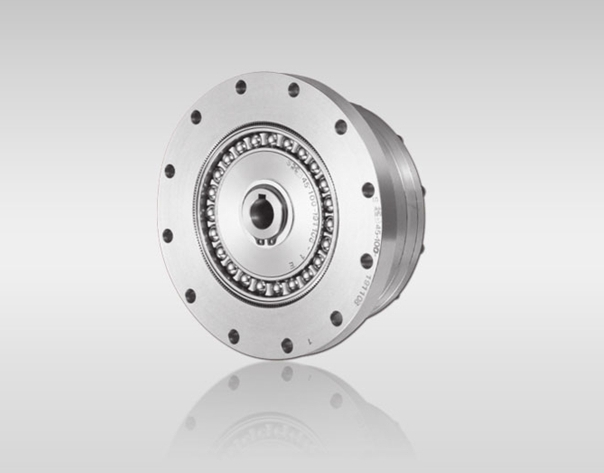
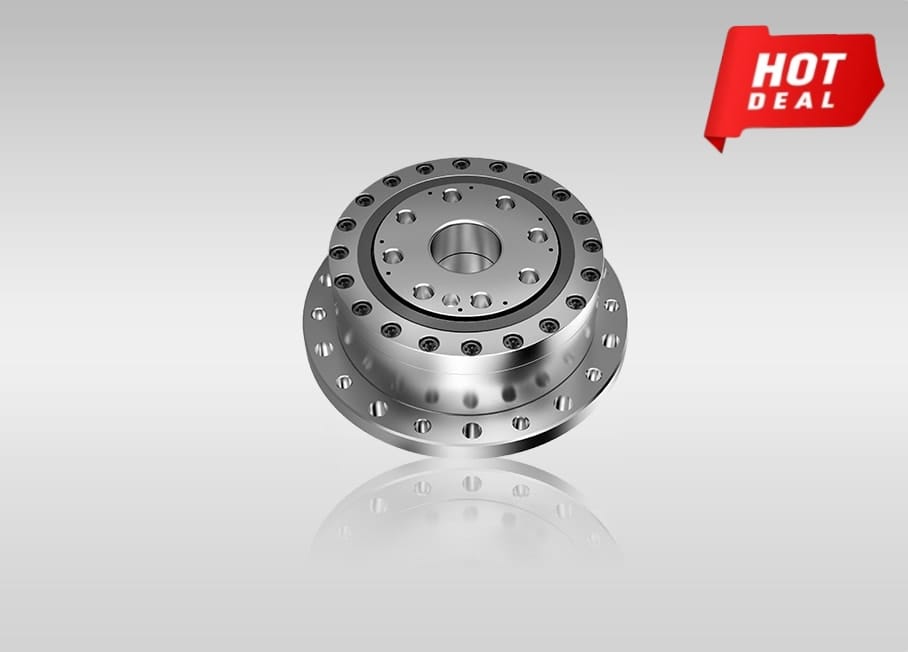
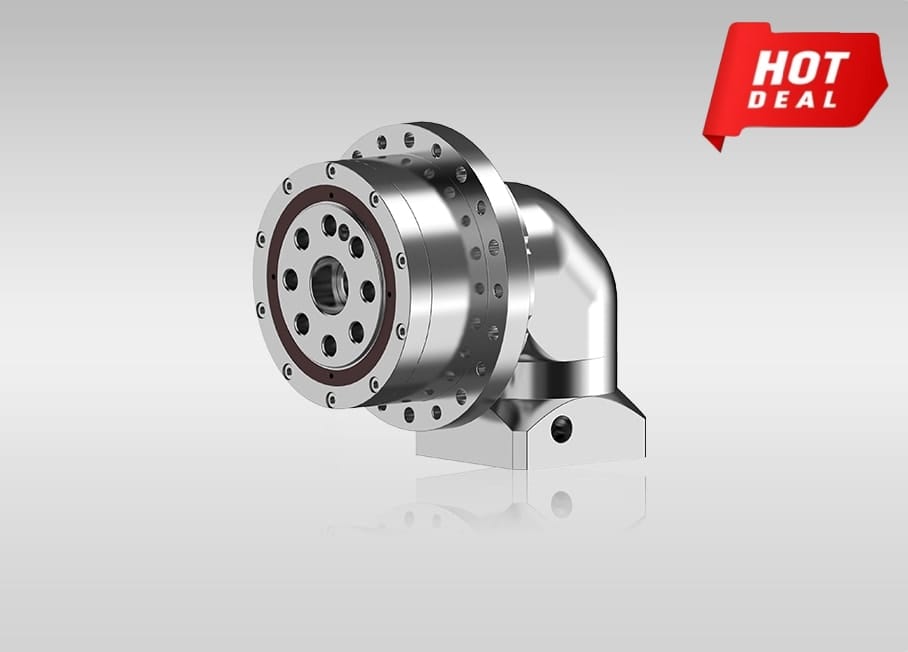
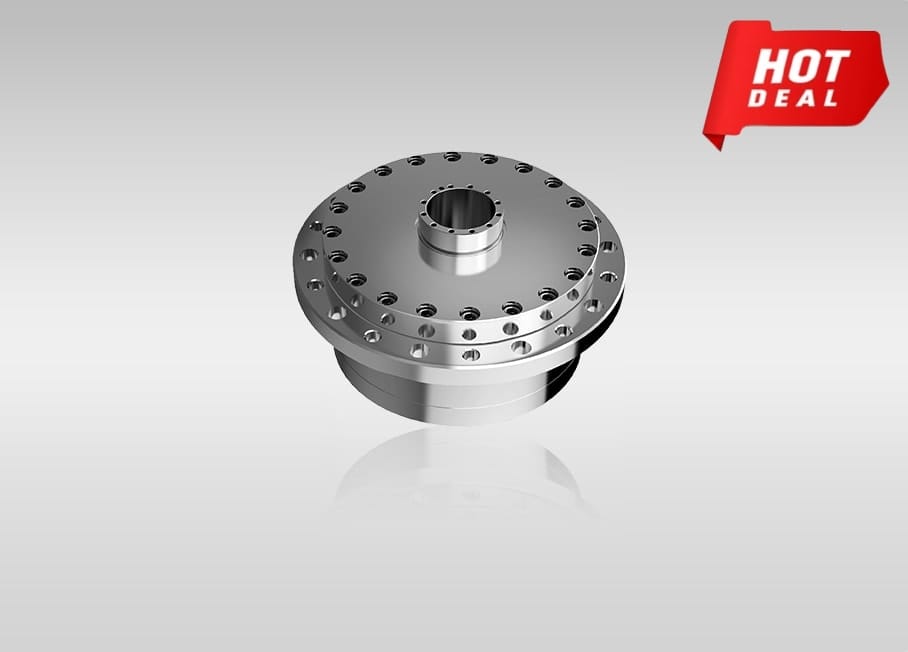
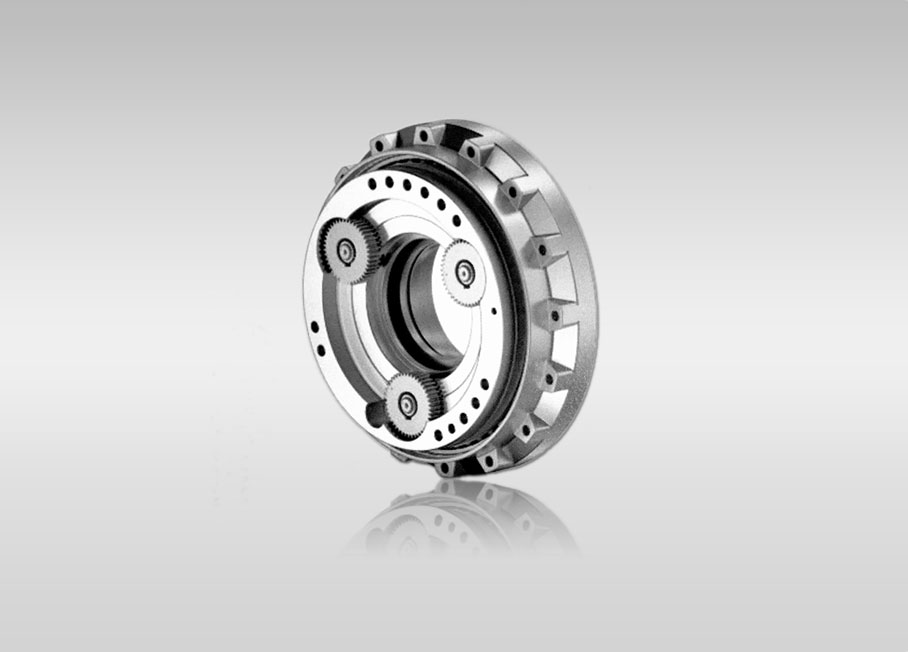
Quote Now